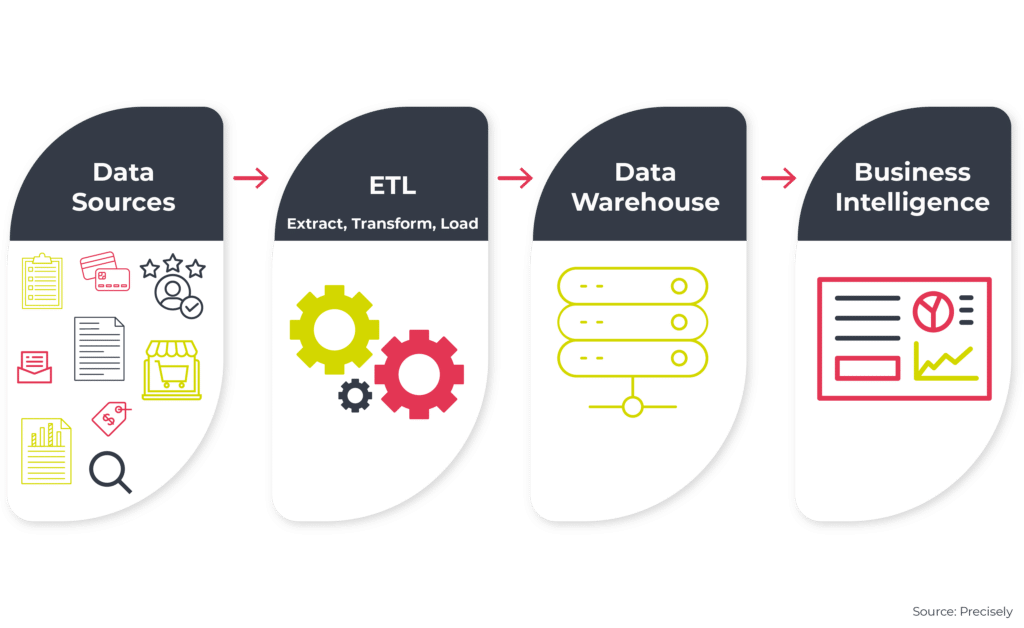


Here's an example query that looks for the usage of a specific table within a given time window: SELECT du.username, In legacy systems, it's not unusual for tables to become redundant over time-these don't need to be migrated in most cases. If you've licensed the Oracle Diagnostic Pack, then you have access to Active Session History, which you can use to determine when a table was last accessed. Oracle system catalog tables and logs contain information that can be used to determine when a given table was last accessed-which in turn can be used to decide whether or not a table is a candidate for migration. It's best to use system metadata and log files rather than documentation to determine which tables are in use, because documentation can be out of date. Tables that aren't active can be archived rather than migrated, so that the data is available if needed in the future. It makes sense to only migrate tables that are in use. The next sections discuss these points within the context of a migration from Oracle. When migrating data marts: stay physical or go virtual? What's the best migration approach to minimize risk and impact for users? Should unused table structures be migrated? When you're planning a migration from an existing Oracle environment, consider the following data-related questions: Initial decisions about data migration from Oracle There are many factors to consider when migrating data, ETL, and loads from a legacy Oracle data warehouse and data marts to Azure Synapse. The focus of this article is best practices for ETL and load migration.
#ETL PROCESSES ORACLE HOW TO#
This article is part two of a seven-part series that provides guidance on how to migrate from Oracle to Azure Synapse Analytics.


 0 kommentar(er)
0 kommentar(er)
